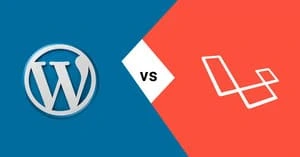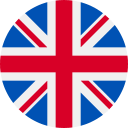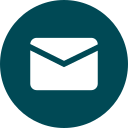Quick Take
| Feature |
Key Insight |
| Unbiased Discovery Phase |
Enables deep research, real user insights, and no constraints from dev
scope. |
| Creative Exploration |
Designers can test bold ideas freely without being limited by fixed
budgets. |
| User-Centered Strategy |
Solutions are designed based on behavior, not developer convenience.
|
| Efficient Development Handoff |
Developers get clear blueprints, reducing confusion, bugs, and rework
cycles. |
| Scalable and Focused Budgeting |
Helps identify must-have vs. nice-to-have features before money is
spent. |
| Clear Feature Prioritization |
Aligns business goals and user needs before building begins. |
| Cross-Stakeholder Alignment |
Ensures product owners, developers, and users all start on the same
page. |
| Long-Term Product Success |
Well-researched design improves UX, retention, and brand equity over
time. |
 Clarity Before Code
Clarity Before Code
The discovery phase is where ideas meet reality. It’s not just about gathering requirements—it’s
about asking the right questions, challenging assumptions, and mapping out what users truly
need. By keeping this phase independent from development, you allow space for unbiased
exploration, user research, and stakeholder alignment.
Key outcomes of discovery
- Clear understanding of user personas and pain points.
- Prioritized feature list aligned with business goals.
- Risk identification and mitigation planning.
- Technology and platform recommendations based on scope.
 Fixed-Cost Development Often Limits Creative Freedom
Fixed-Cost Development Often Limits Creative Freedom
In many projects, UI/UX and development are bundled together under a fixed-cost model. While this
may seem cost-effective at first, it often discourages deep research and design exploration.
Why? Because in a fixed-cost setup, the design
agency is typically under pressure to deliver quickly rather than thoughtfully. They may
avoid proposing bold or innovative ideas simply because the scope is already locked—and there’s
no room for iteration. This creative independence is essential for building products that truly
resonate with users.
Freedom of Team
- Explore multiple creative directions.
- Validate ideas through user testing.
- Recommend the most effective approach—even if it shifts initial assumptions.
 User-First Design That Works in the Real World
User-First Design That Works in the Real World
An independent UI/UX agency brings a fresh, user-centered perspective. They focus on
understanding behavior, simplifying interactions, and creating interfaces that are intuitive—not
just functional. When UI/UX is handled purely by the development team, the user experience often
takes a backseat to technical feasibility.
Benefits of focused UI/UX design
- Increased user adoption and satisfaction.
- Reduced support and training costs.
- Improved accessibility across devices and demographics.
- Strong visual consistency with your brand.
 Faster Development, Fewer Reworks
Faster Development, Fewer Reworks
Ironically, separating discovery and UI/UX can actually speed up development. A well-researched
and validated design gives developers a clear blueprint, reducing ambiguity and rework.
Leading product development
companies often prefer collaborating with independent design partners for this reason.
Long-term advantages
- Accurate estimates and planning.
- Fewer last-minute changes.
- Streamlined QA and testing.
- Faster time-to-market with fewer bugs.
 Smarter Budgeting and Value Focus
Smarter Budgeting and Value Focus
ABy investing in UI/UX and discovery up front, you gain visibility into what’s essential, what’s
optional, and what can wait. This prevents wasting development time on features users don’t need
or won’t use. Instead of treating design as a checkbox item, it becomes a strategic driver for
ROI.
 Independent Lens Brings Objectivity
Independent Lens Brings Objectivity
An external UI/UX agency is not constrained by internal politics or pre-set roadmaps. Their goal
is to represent the user, challenge assumptions, and ensure the solution being developed is not
just functional—but delightful and sustainable.
Final Thoughts
In a competitive digital landscape, successful products are not built on assumptions or
shortcuts. They are built on user insights, strategic design, and thoughtful planning.
Whether you're a startup or an enterprise, working with a UI/UX agency during the discovery
phase—independently from fixed-cost development—gives you the creative and strategic edge to
build a product that not only works but thrives.
Strategically separating discovery and UI/UX ensures your product is
designed with purpose—not just built fast. Start smart, scale right.











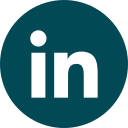
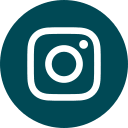
 Clarity Before Code
Clarity Before Code
 Fixed-Cost Development Often Limits Creative Freedom
Fixed-Cost Development Often Limits Creative Freedom
 User-First Design That Works in the Real World
User-First Design That Works in the Real World
 Smarter Budgeting and Value Focus
Smarter Budgeting and Value Focus
 Independent Lens Brings Objectivity
Independent Lens Brings Objectivity


